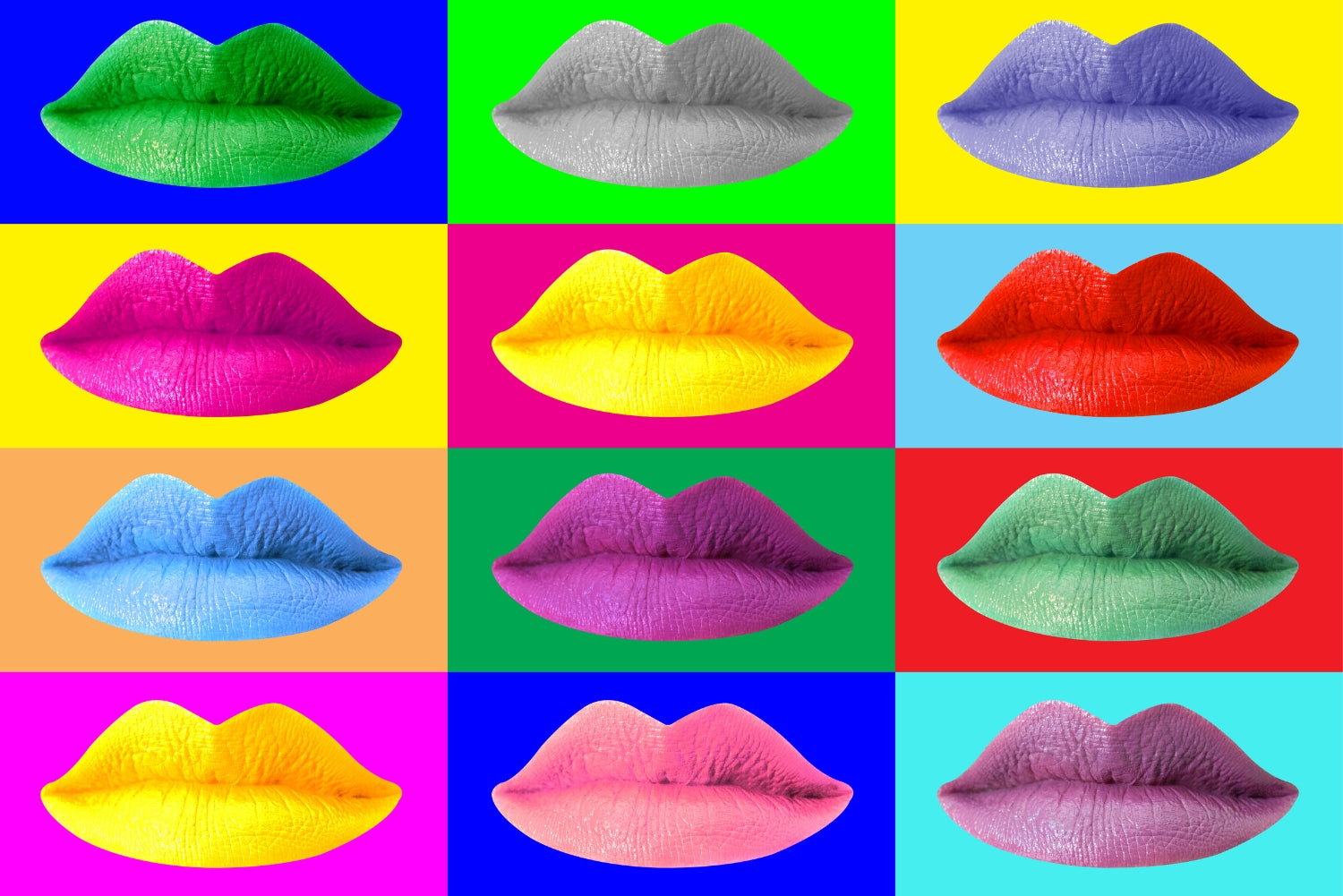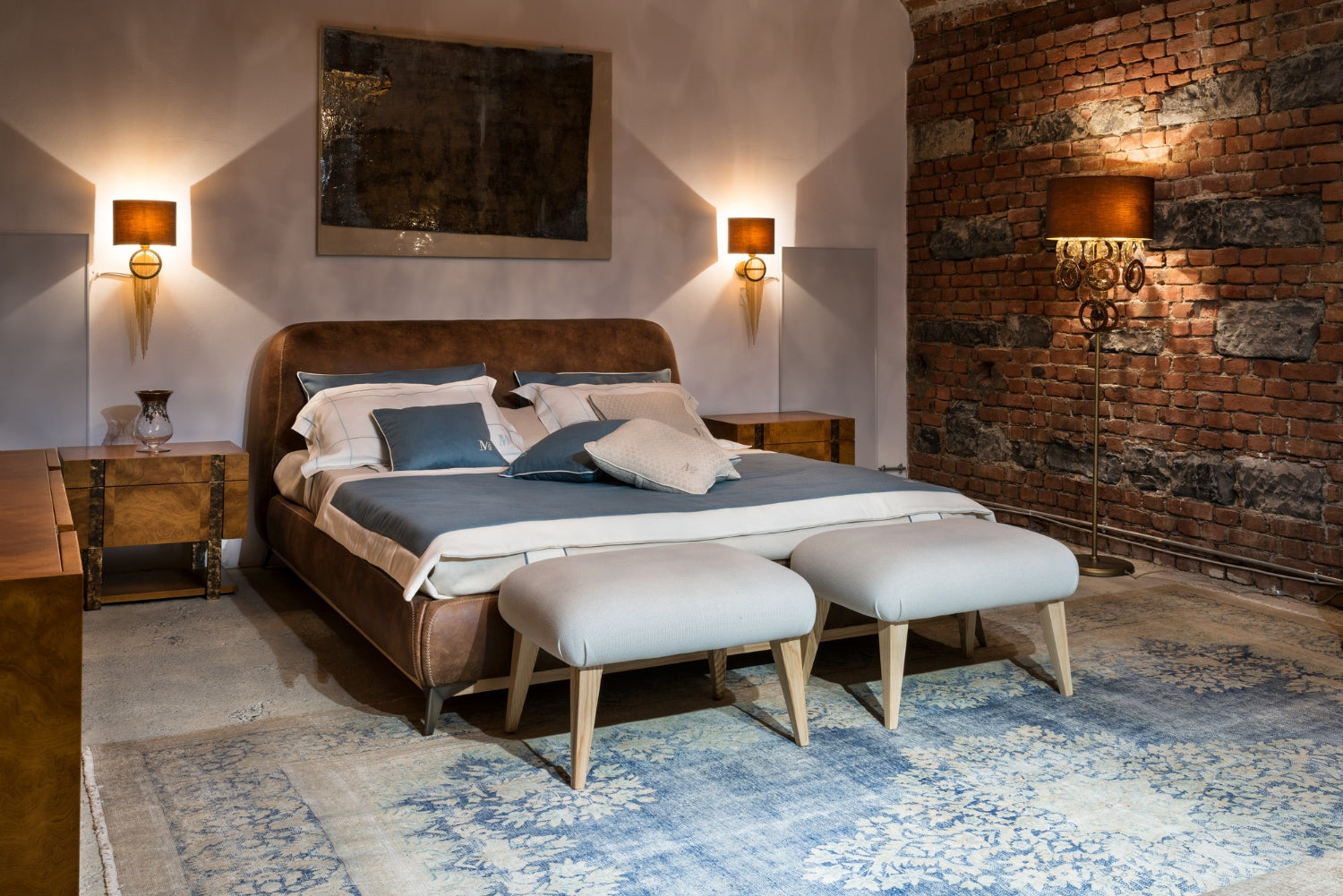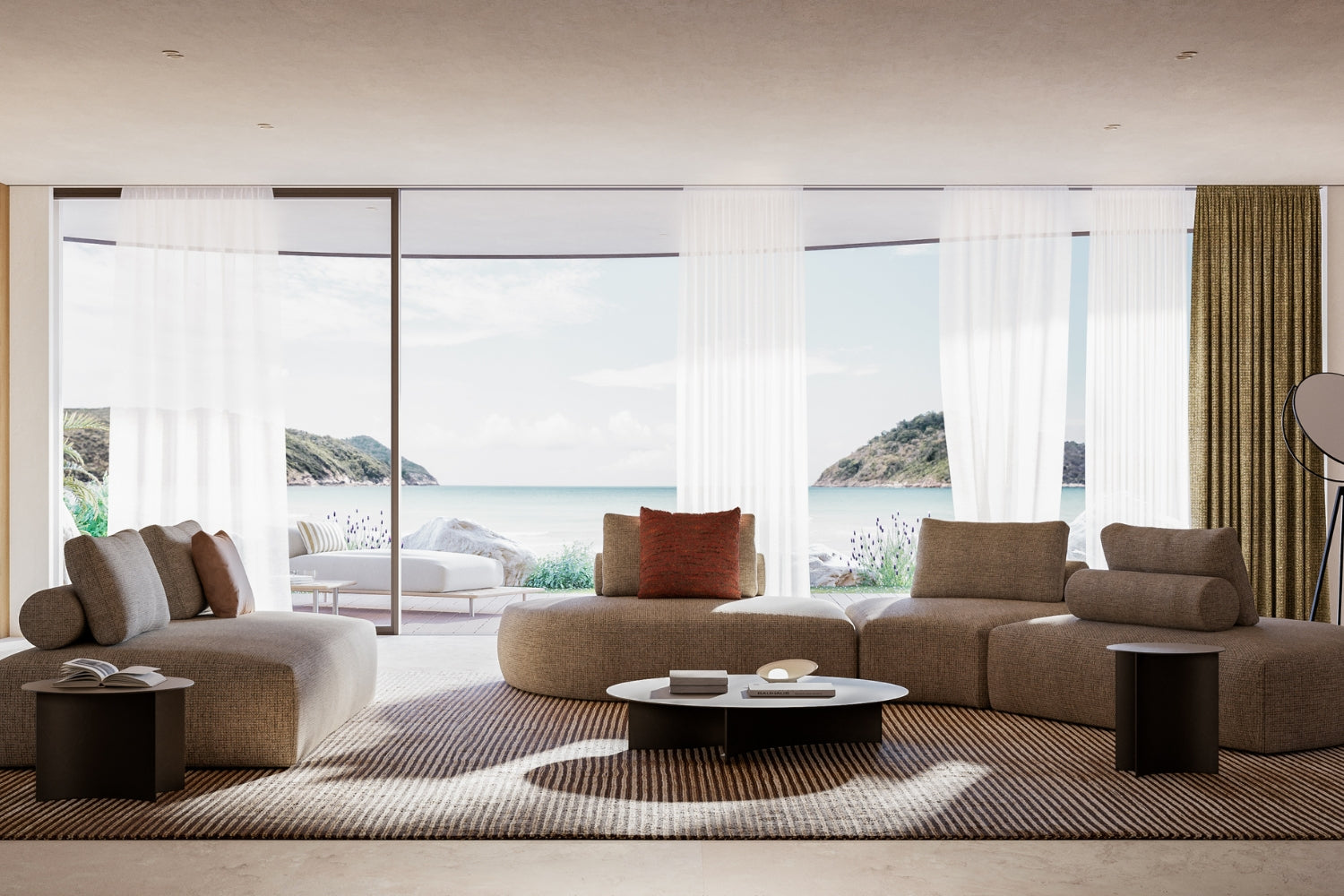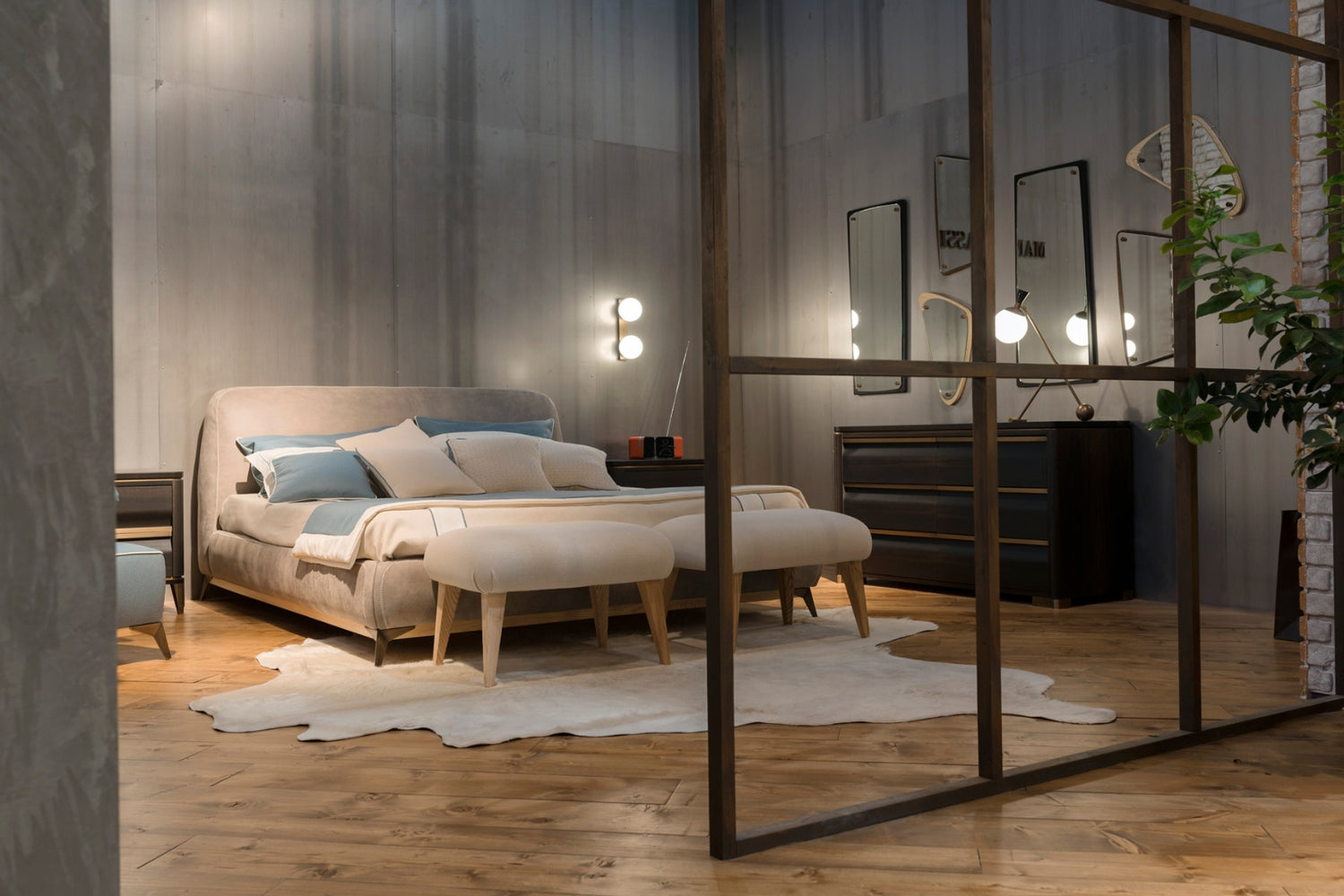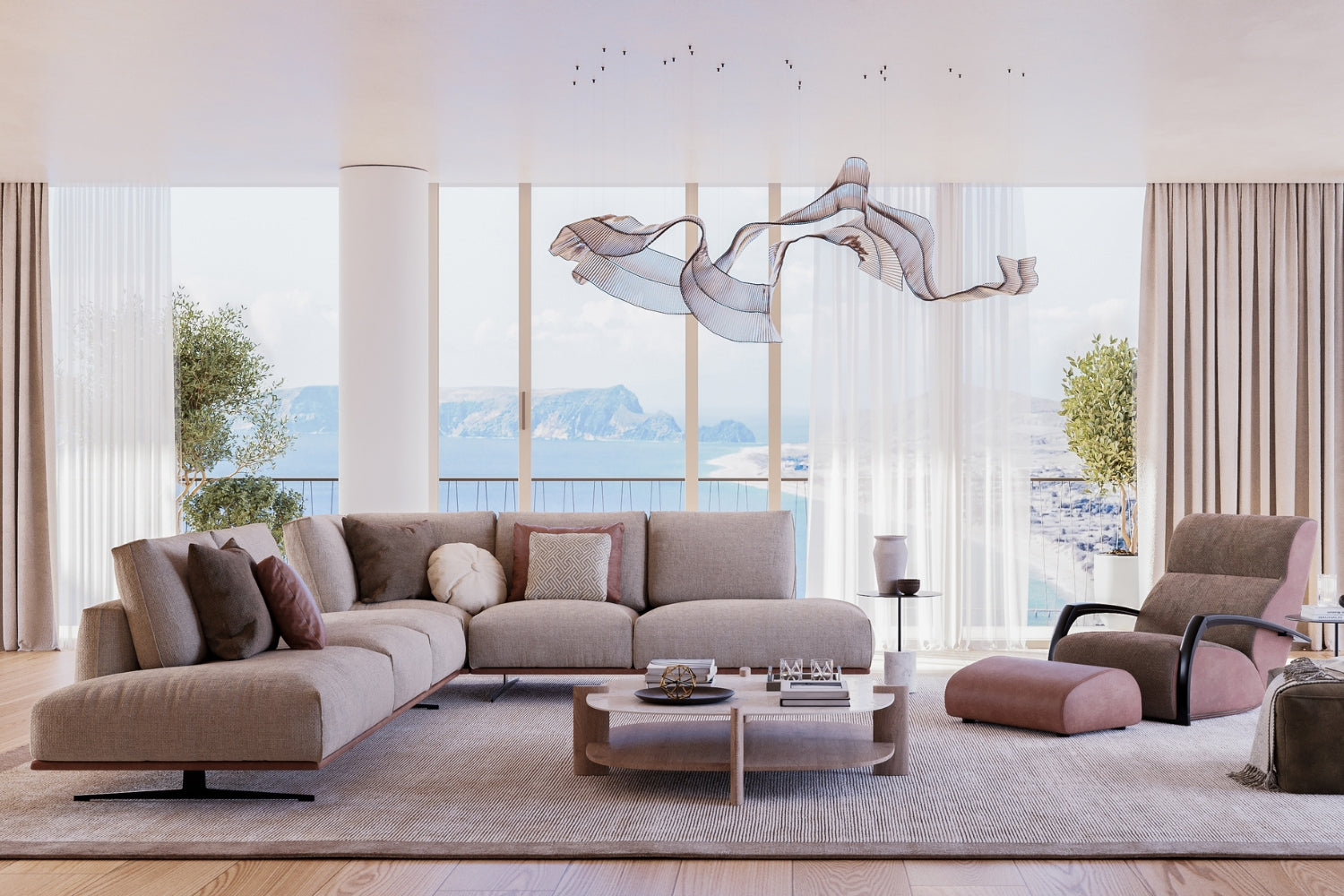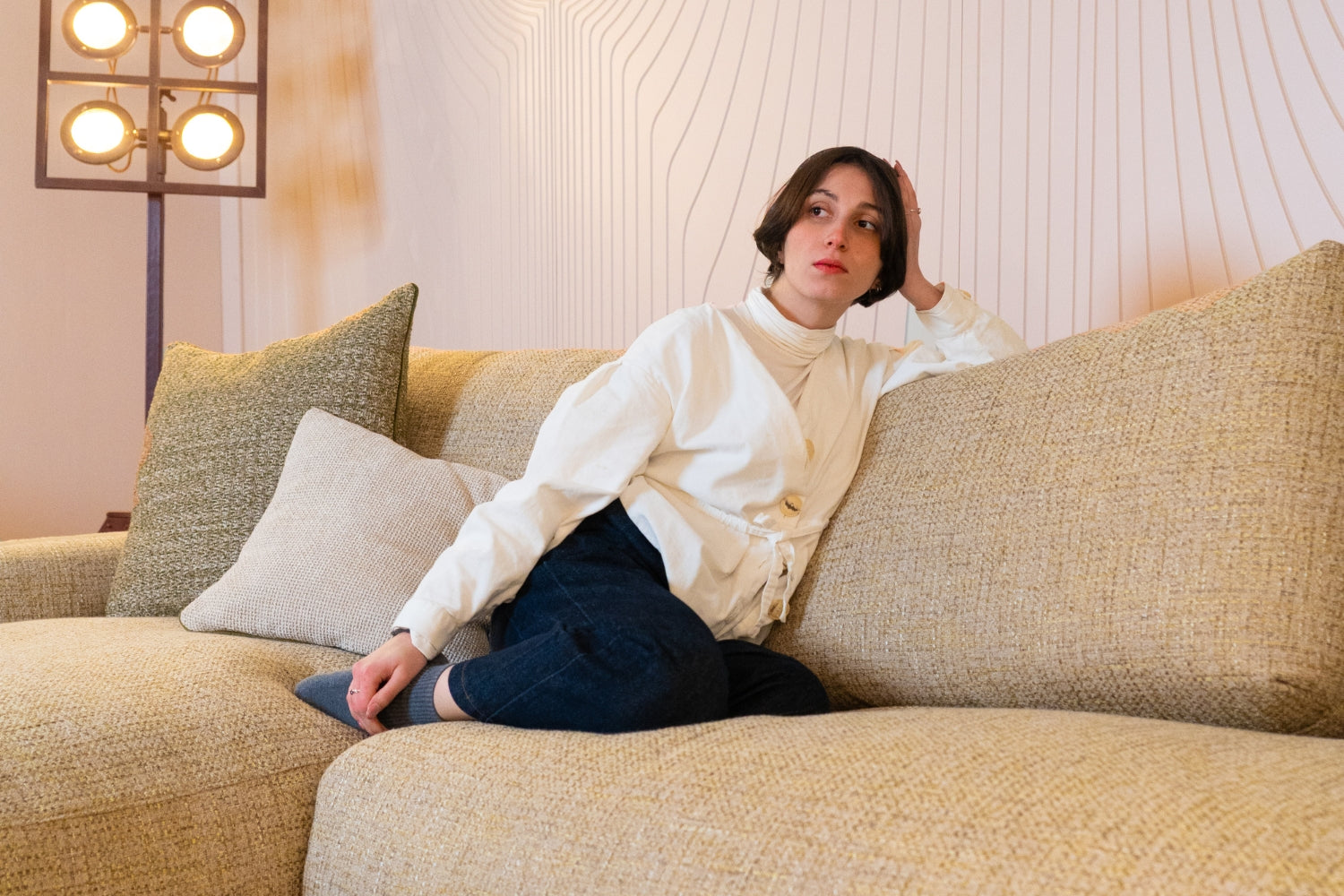Have you ever thought about the link between Design and Pop Art? What were the principles that this twentieth-century current transmitted to the world of industrial design?
Hamilton's collage “Just what is it that makes today's homes so different, so appealing?” of '56, is considered by critics as the first Pop work , the manifesto of this new lifestyle in which the principles described by the artist himself are represented: " Pop Art is popular, transient, expendable, low-cost, mass-produced, young , witty, sexy, gimmicky, glamorous, and big business ”.
Pop Art was taking the concept of commodification of art to levels never seen before, it was adopting, in a provocative way, the popular language of the emerging consumer society by transferring artistic meaning into objects produced on a large scale.
In the furniture sector , however, the designers and reference companies have created objects that have certainly made the history of design , but have not been able to gain much space on the market because they have "betrayed" some of the principles of the artistic movement itself.
One of the principles was the economic one: the vast majority of products do not respect the fact of being low-cost and mass-produced.
The reason can be found in a problem that is still very current today, namely the poor communication between the culture of design and the economic world .
Lacking that advertising communication channel, the design product was isolated from the public to which it should have been reported, finally finding refuge in the homes of the richest art collectors.
Historic Tuscan companies such as Poltronova , an exponent of avant-garde design, produced timeless objects such as the Joe glove : ironic and disorientating out of scale designed by De Pas, D'Urbino and Lomazzi (1971) with innovative materials and technologies.
An armchair that is influenced by Pop culture and the great American myths of the collective imagination such as Joe Di Maggio .
The object also contains other concepts linked to the sensations it produces visually : a glove, for example, is perceived as synonymous with protection and safety.
